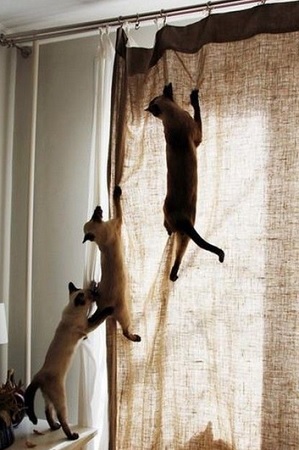The summer season is almost here, together with the inevitable heat waves that make us despair in the hottest days. However, we usually refresh ourselves with fresh showers, ice cream and by going to the beach. On the other hand, our four-legged friends have a worse situation as they suffer from heat the same way that we do. Here are some useful tips to help dogs and cats cope with heat.
How do animals normally protect themselves from heat?
As many of us know, animals such as dogs and cats cannot sweat, because by nature they lack glands for this purpose, except in the very small area of the fingertips. However, they are equipped with other mechanisms that serve precisely to ensure the dispersion of excess heat. For example, by hanging their tongue out.
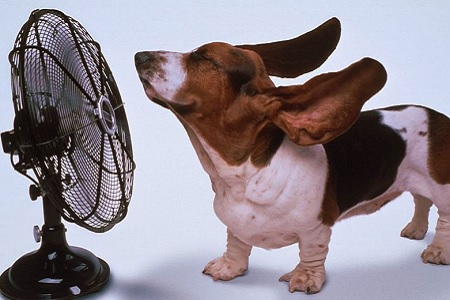
This is just one of the mechanisms they use to evaporate the heat through saliva. Furthermore, when it is too hot, the animals can breathe more rapidly and laboriously, putting in place the typical "polypnea". It is rare for the cat to breathe with their mouth open, unless the temperature is too high.
Among other mechanisms available to them, we also find the hair licking, an activity that takes up most of the cat's days in particular. The wet hair, in fact, will feel like a nice regenerating shower for them.
Furthermore, during the warmer seasons the animals lose their soft and fluffy winter coat, and keep their shorter summer coat. By doing this, they will be equally protected from all dangers of the external environment, including the sun's rays.
The greatest danger is represented above all by the infamous sunstroke and heat stroke, two apparently similar situations, but different in other respects. Heatstroke occurs when the body is no longer able to disperse excess body heat, for example if we leave our dog locked up in the car for too long. The sunstroke, on the other hand, is due to the direct action of the sun's rays on the animal's body. In both cases, some specific symptoms will appear, such as:
- Increased salivation, with denser saliva;
- Red gums and tongue;
- Tremors;
- Diarrhoea;
- Fainting;
- Coma and death in severe cases.
That is not all. The heat can also create other discomforts, such as annoying burns, which can predispose to the formation of some very aggressive skin cancers, such as squamous cell carcinoma.
Tips against heat
The main tips we can give you to fight this important problem affecting your animal are:
-
 Do not leave the dog and cat in the car: this advice is the most important, because many of us cannot even imagine what happens inside a closed car, especially during the hottest hours of the day. In fact, the temperature reaches very high peaks in a very short time, causing the death of the animal if immediate action is not taken. If you happen to see a dog or cat locked in a car, immediately call the police, who will immediately rush to free the animal;
Do not leave the dog and cat in the car: this advice is the most important, because many of us cannot even imagine what happens inside a closed car, especially during the hottest hours of the day. In fact, the temperature reaches very high peaks in a very short time, causing the death of the animal if immediate action is not taken. If you happen to see a dog or cat locked in a car, immediately call the police, who will immediately rush to free the animal; -
Always leave fresh water available: make sure your friend can drink whenever he feels the need. The heat, in fact, makes you feel more thirsty. Avoid water that is too cold, which could cause unpleasant problems, but try to always keep it fresh and clean;
-
No to air conditioning for them: Air conditioning is not beneficial both for us and for our animal. In any case, avoid using it as it could create strong temperature changes between the inside and outside of the house. Rather, choose a good fan, which moves the air, without aiming it directly towards the animal;
-
Walks in the cooler hours: Try to avoid long walks after lunch or in the early afternoon. A short visit to the park will be essential for daily needs, but make sure that the dog can enjoy the cooler temperatures of the evening or morning for longer walks;
-
Always carry a bottle of water with you: if you decide to take your dog or cat out, always remember to keep a bottle of water with you, so you can stop and give them some fresh water during the hot summer days;
-
Apply sunscreen: on the market there are several specific sunscreens for animals, to be applied only in areas without hair, such as nose and ears, to avoid sunburn;
- Buy a cooler gadget: one of the latest news on the market is a wide range of products specifically designed to cool our animals. Mats, bandanas and toys made of materials that can be stored in the freezer or not, perfect for summer;
-
Wet the legs and head of the animal: to give relief from excessively high temperatures, there is nothing better than a little warm water on the face and legs.
Remember to always apply these tips, to make summer a slightly more pleasant season for our four-legged friends.

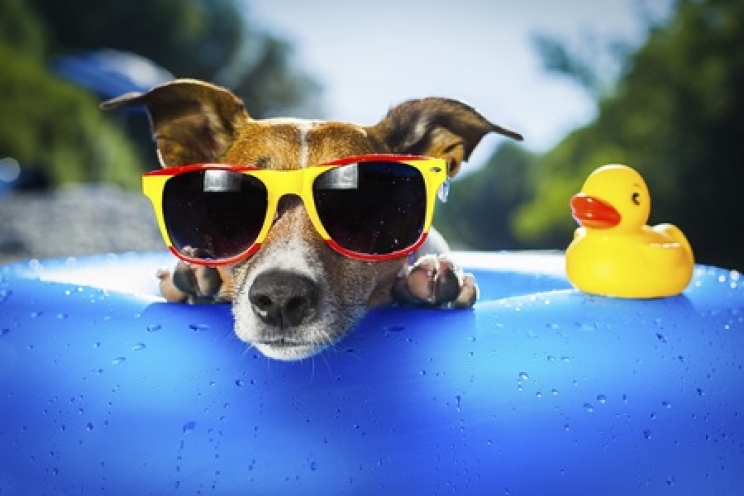
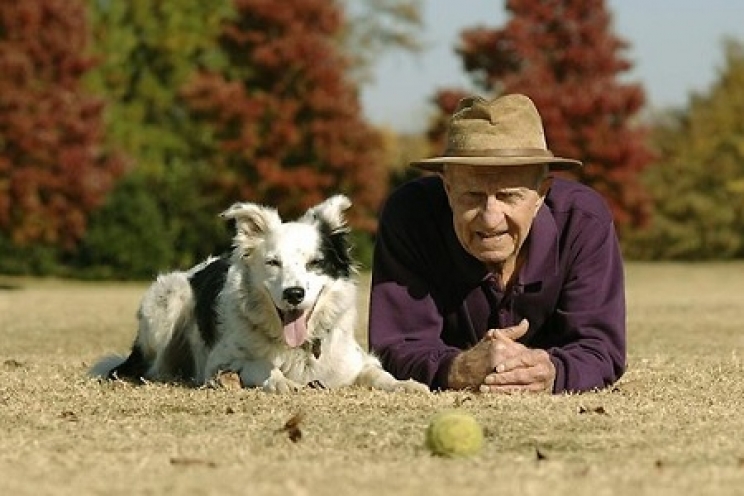
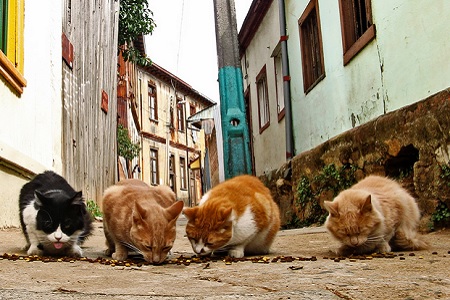 Breed: crossbreeds have a greater resistance than pure-bred animals, for a phenomenon called "hybrid vigour" or "heterosis", thanks to which the positive genetic characteristics of the ancestors are increasingly strengthened with each generation. Pure breed dogs and cats, on the other hand, often tend to reinforce some "negative" characters, which mostly correspond to some ailments or diseases. The typical example is the German Shepherd's hip dysplasia. For more information, you can visit this interesting database from the University of Cambridge, which collects all the main conditions related to the breed;
Breed: crossbreeds have a greater resistance than pure-bred animals, for a phenomenon called "hybrid vigour" or "heterosis", thanks to which the positive genetic characteristics of the ancestors are increasingly strengthened with each generation. Pure breed dogs and cats, on the other hand, often tend to reinforce some "negative" characters, which mostly correspond to some ailments or diseases. The typical example is the German Shepherd's hip dysplasia. For more information, you can visit this interesting database from the University of Cambridge, which collects all the main conditions related to the breed; Physical activity: stimulate the cat to play with you, transforming your home into a real playground, and often take the dog out for long walks. You will improve his mood, but also the body’s health;
Physical activity: stimulate the cat to play with you, transforming your home into a real playground, and often take the dog out for long walks. You will improve his mood, but also the body’s health;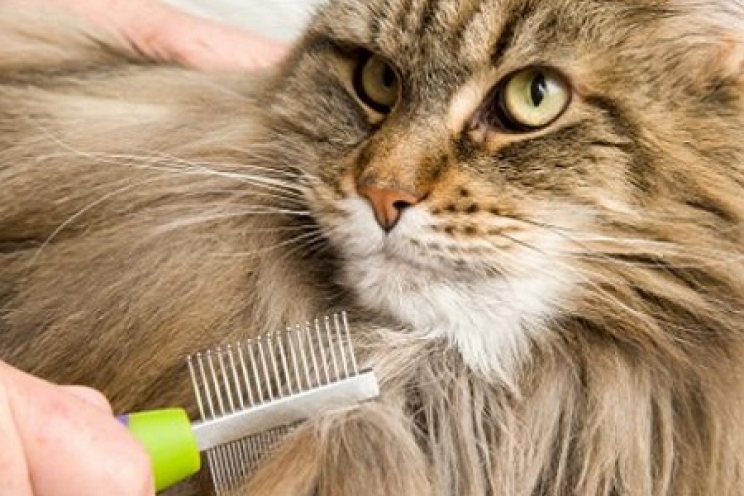
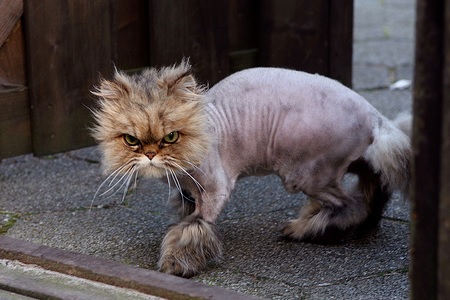
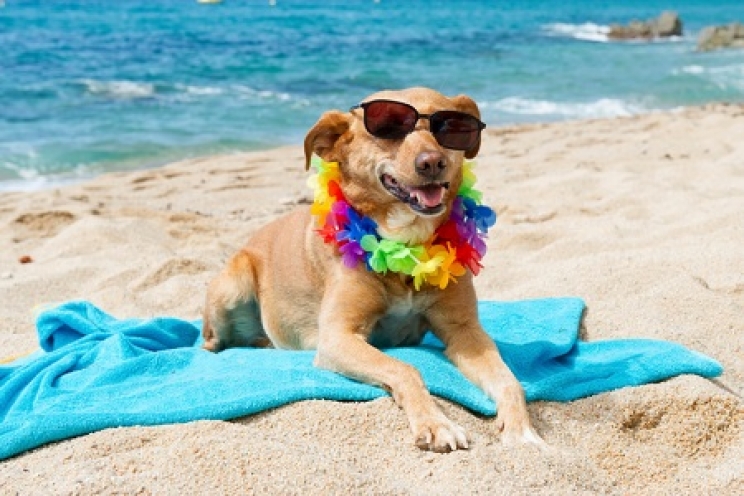
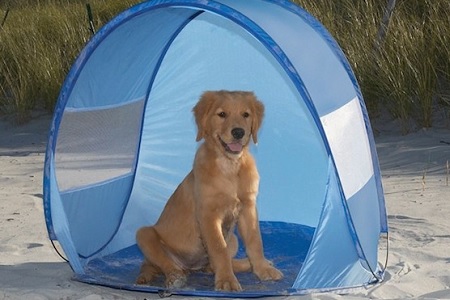
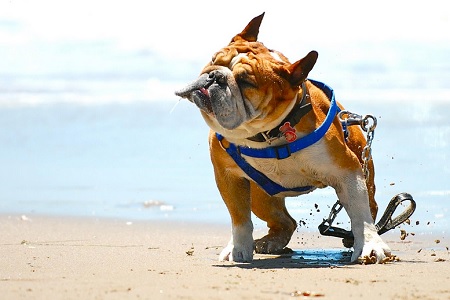
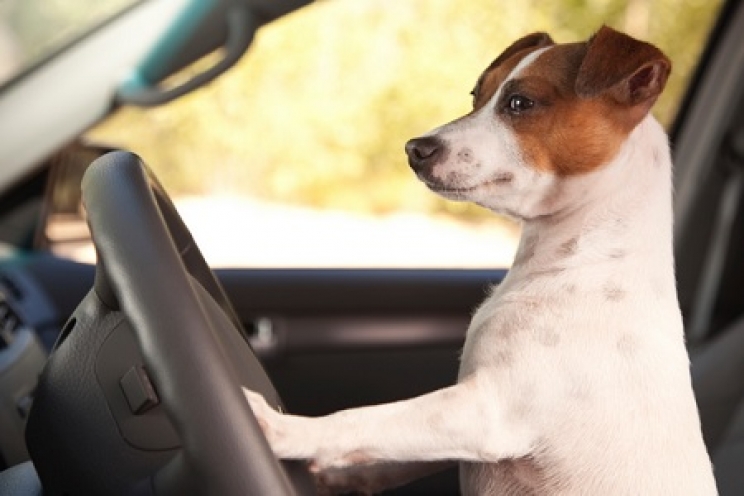
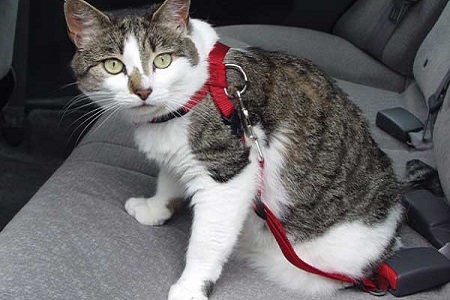
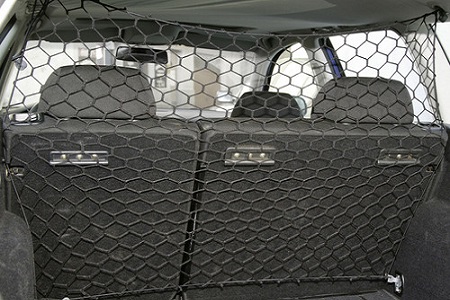 Protective net: it is an economic and very simple solution to apply. It is a non-elastic net, which is hooked to the four corners with fixed or adjustable supports. It is the ideal remedy for those who want to transport rather calm animals, respecting regulations;
Protective net: it is an economic and very simple solution to apply. It is a non-elastic net, which is hooked to the four corners with fixed or adjustable supports. It is the ideal remedy for those who want to transport rather calm animals, respecting regulations;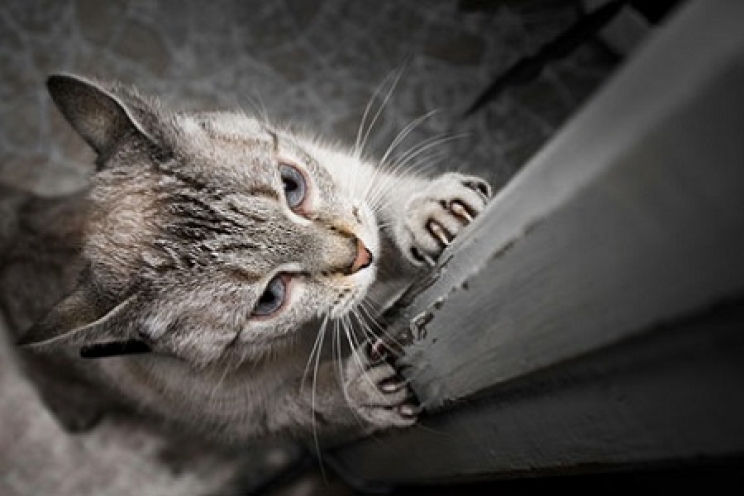

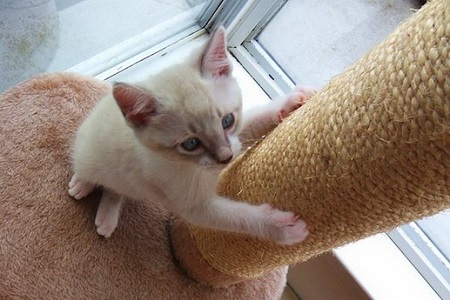 Position: the scratching post must never be placed in areas of the house that are inaccessible to the cat. On the contrary, especially in the first period, we can place it next to their favourite sofa or curtain, offering an interesting alternative to furniture. Furthermore, some cats may find the presence of other people or other animals unpleasant, so in these cases it would be useful to buy more than one, to be left in a quieter area of the house, but always frequented by the cat. For example, we can put it next to the place where it sleeps, because he loves stretching as soon as he wakes up and might get his nails done then;
Position: the scratching post must never be placed in areas of the house that are inaccessible to the cat. On the contrary, especially in the first period, we can place it next to their favourite sofa or curtain, offering an interesting alternative to furniture. Furthermore, some cats may find the presence of other people or other animals unpleasant, so in these cases it would be useful to buy more than one, to be left in a quieter area of the house, but always frequented by the cat. For example, we can put it next to the place where it sleeps, because he loves stretching as soon as he wakes up and might get his nails done then;